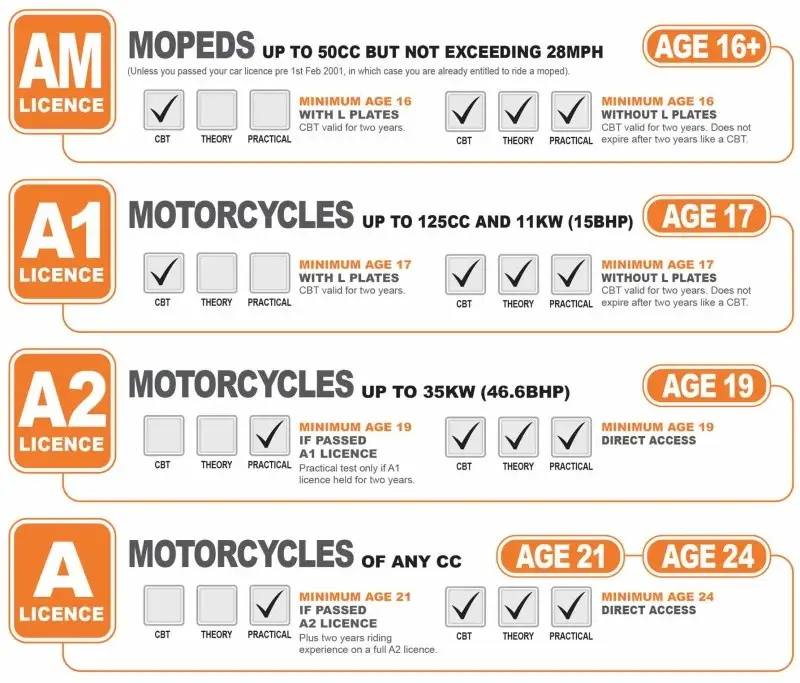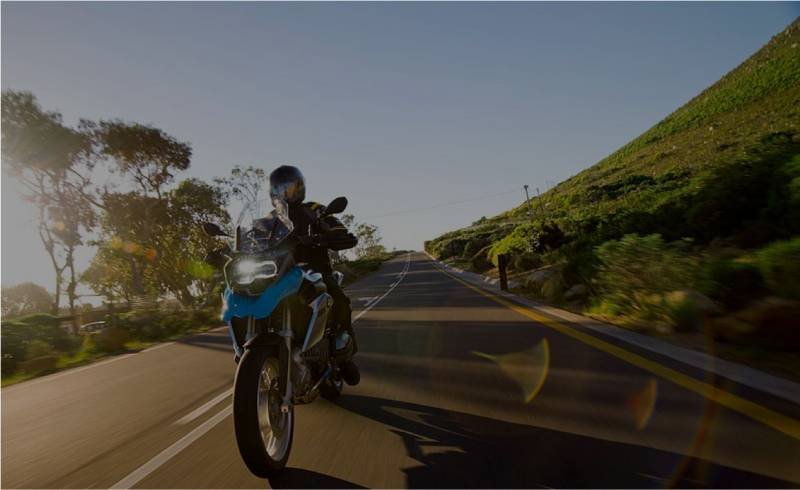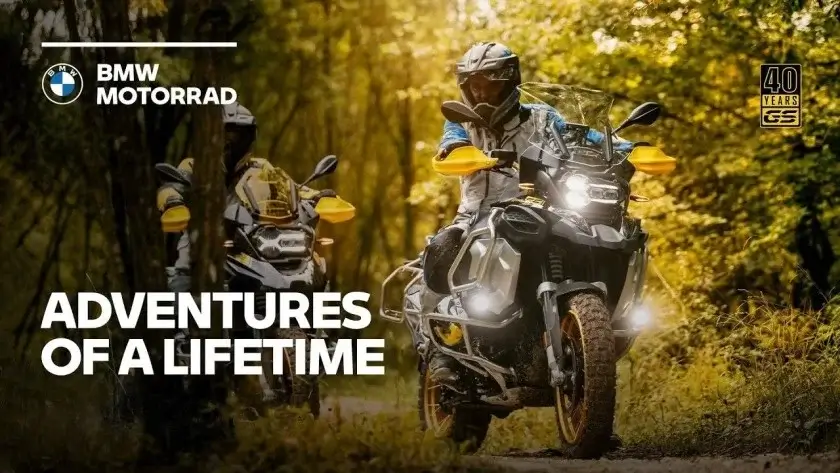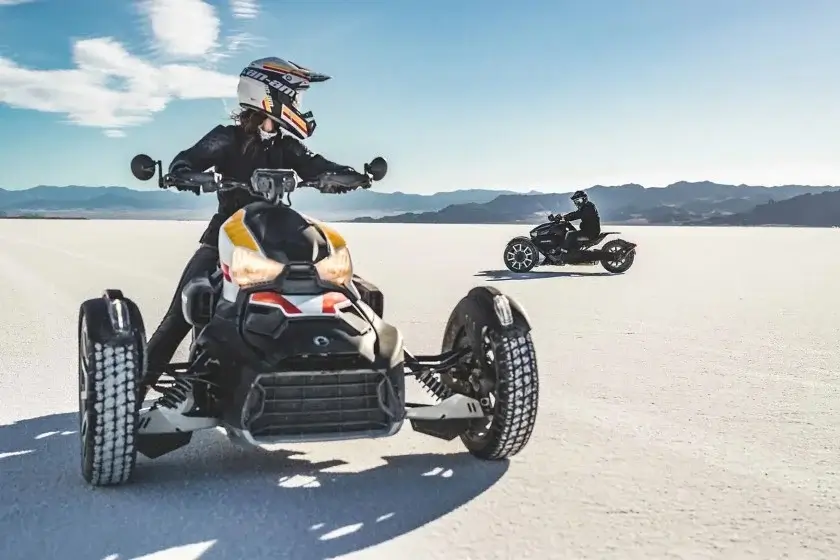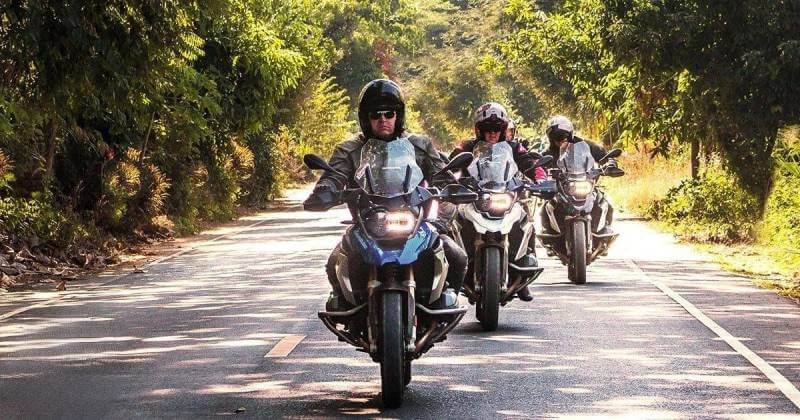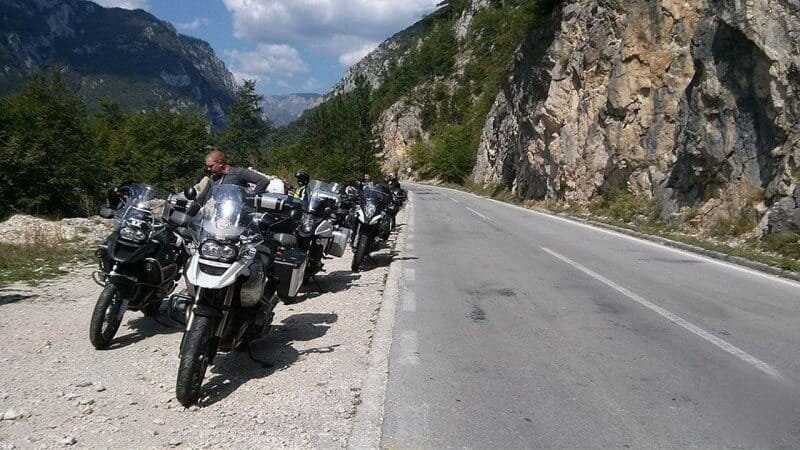If you’re planning to ride a motorcycle across Europe, understanding the different motorcycle licensing categories and requirements is essential. With diverse regulations across European countries, navigating the licensing process might seem a bit complicated. In this post, we will explain the different types of motorcycle licenses in Europe, the process for obtaining one, and the specifics of the European driving license system, which allows you to ride confidently throughout the continent.
The European Driving License System
The European driving license is a standardized system that applies across the European Union (EU) and European Economic Area (EEA). While each country may have its own nuances when it comes to road laws, the licensing system is generally consistent throughout Europe, ensuring that once you pass your test, your license will be valid across all EU/EEA member states.
Motorcycle licensing in Europe follows a tiered structure, divided into different categories based on the type of motorcycle and the rider’s experience level. Each license category corresponds to specific motorcycle characteristics such as engine capacity, weight, and horsepower.
Motorcycle License Categories in Europe
In Europe, motorcycle licenses are divided into several categories, primarily A1, A2, and A. These categories are designed to match the rider’s experience level with the type of motorcycle they are allowed to ride.
A1 License:
The A1 license is for younger or less experienced riders. In most European countries, you can obtain an A1 license at the age of 17. This license allows you to ride motorcycles that have:
- Engine capacity up to 125cc.
- Power output of up to 11 kW (15 hp).
The A1 license is ideal for those who want to start with smaller, lighter motorcycles and gain experience on the road before moving to more powerful bikes. With an A1 license, you can ride in any EU country, as the license is recognized across the continent.
A2 License:
The A2 license is for riders who are at least 18 years old and want to ride motorcycles with more power than the A1 category allows but less than the unrestricted A license. To qualify for an A2 license, riders must:
- Ride motorcycles with an engine capacity of up to 35 kW (47 hp).
- Have a power-to-weight ratio that doesn’t exceed 0.2 kW per kg.
In many European countries, the A2 license is a stepping stone for those who want to eventually get their full, unrestricted A license. Some countries allow a rider with an A2 license to upgrade to an A license after two years of experience, provided they pass the relevant tests.
A License (Full License):
The A license is the full, unrestricted motorcycle license. It allows riders to operate any type of motorcycle, regardless of engine capacity or power output. To obtain an A license, riders typically need to:
- Be at least 20 years old if they have held an A2 license for two years.
- Be at least 24 years old if they have no previous motorcycle license.
The A license is for experienced riders who are ready to handle larger, more powerful motorcycles, including sport bikes, cruisers, and touring bikes. Riders with an A license can travel anywhere in Europe and ride any motorcycle they choose.
Steps to Obtain a Motorcycle License in Europe
The process for obtaining a motorcycle license in Europe generally involves several steps:
- Complete a Theory Test: Most countries require riders to pass a theory test, which covers traffic laws, road signs, and safe riding practices. This test can usually be taken in several languages, and there are often online study materials available.
- Pass a Practical Test: After passing the theory exam, you must complete a practical riding test. This includes both an off-road maneuverability test (in some countries) and an on-road driving test. The practical test evaluates your ability to control the motorcycle, handle traffic, and follow road rules safely.
- Take Safety Training: Some countries also require mandatory motorcycle safety training, where you learn essential skills such as emergency braking, cornering techniques, and low-speed maneuvering.
- Provide Medical and Identity Documents: To obtain a motorcycle license in most European countries, you will need to provide proof of identity and a medical certificate verifying that you’re fit to ride.
- Pay the License Fee: There are fees for taking the tests, completing the training, and obtaining the license. The costs can vary by country.
Motorcycle License Validity Across Europe
Once you’ve obtained a motorcycle license in any EU/EEA country, it will be valid throughout the entire European Union and beyond, in countries such as Norway, Iceland, and Switzerland. This is one of the major advantages of the European driving license system – it allows freedom of movement and consistent licensing standards across all member states.
However, there are some exceptions to be aware of:
- If you are a non-EU resident, you may need to exchange your foreign motorcycle license for a European one if you move to an EU country.
- Some countries require riders to exchange their foreign license after a specific period of residency.
Special Considerations for Foreign Riders
If you’re visiting Europe and plan to rent or ride a motorcycle, you must ensure that your license is recognized in the country you’re traveling to. In most cases, an International Driving Permit (IDP) is required in addition to your home country’s motorcycle license, especially for non-EU residents. An IDP acts as a translation of your license and is recognized by most countries.
Before riding in a foreign country, check local laws regarding motorcycle gear, age requirements, and specific bike regulations to ensure you’re in compliance.
Conclusion
Understanding motorcycle licensing in Europe is essential for anyone planning to travel across the continent on two wheels. Whether you’re starting with an A1 license for small motorcycles, progressing to an A2 license, or ready to ride powerful machines with an A license, knowing the rules and regulations will help you ride safely and legally throughout Europe.
The European driving license system provides a streamlined, standardized approach, so once you have your license, you can enjoy the freedom of exploring Europe’s diverse landscapes by motorcycle. Always remember to follow local road rules, wear protective gear, and be aware of the specific requirements in each country you visit. Safe riding!
